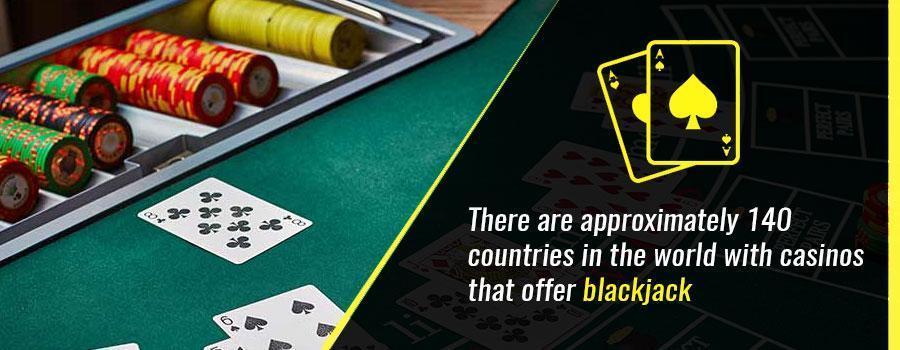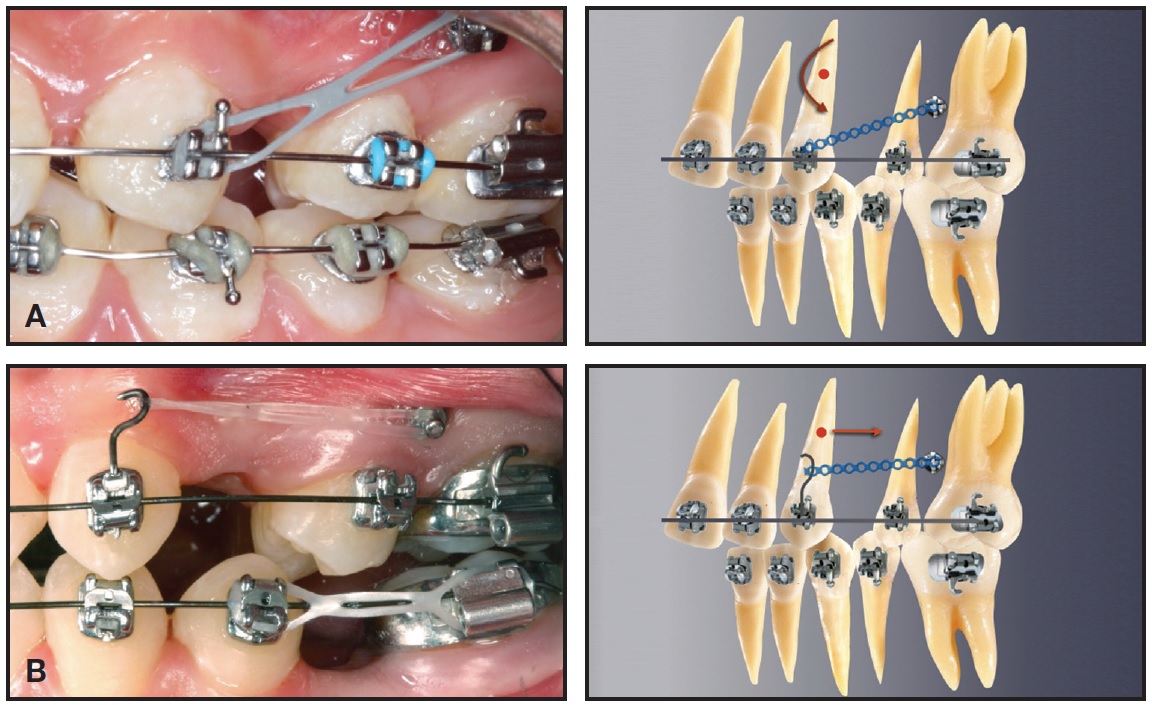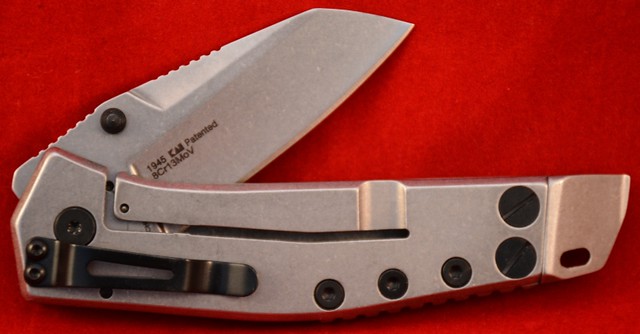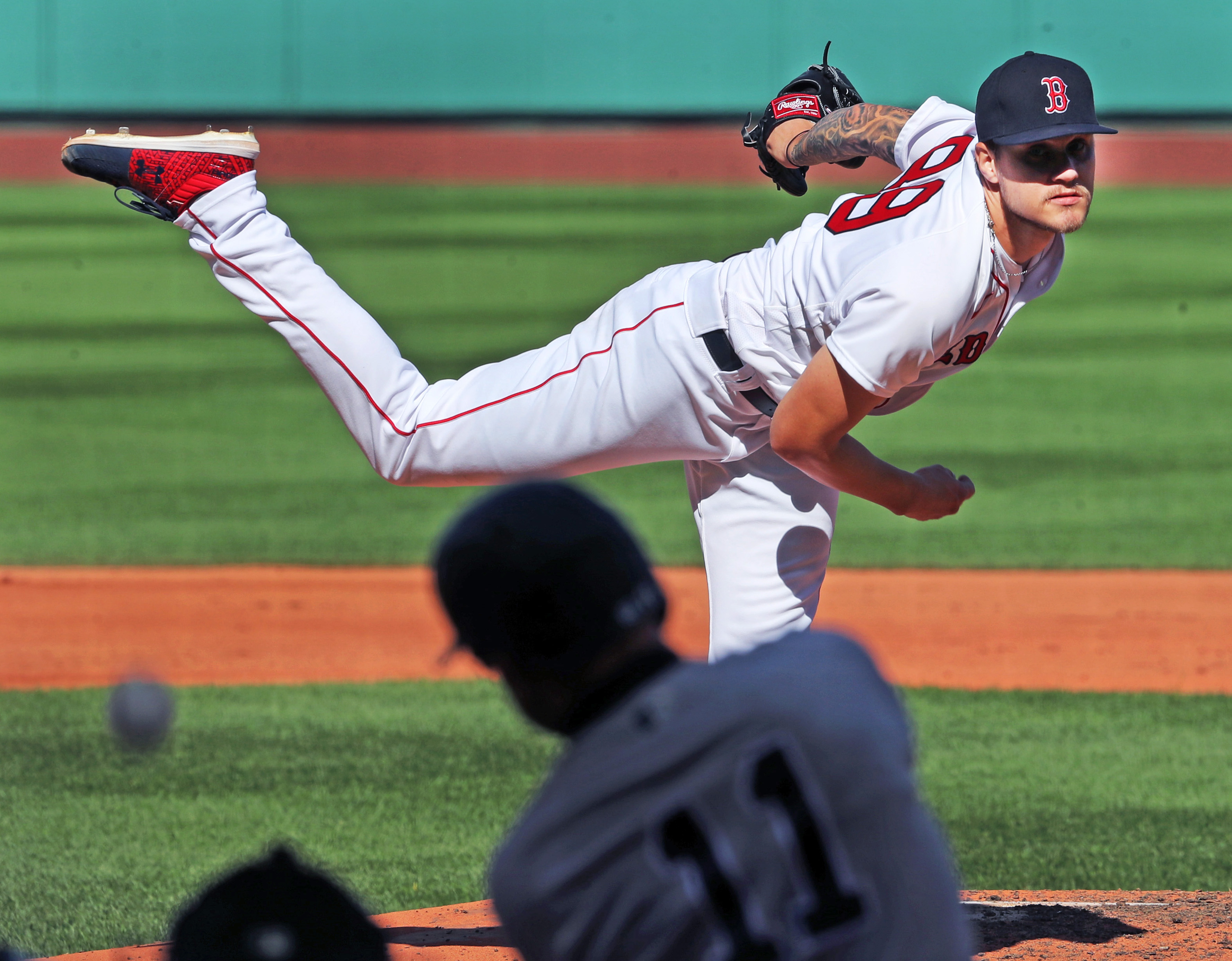- Pitcher Arm Slots
- Softball Pitching Arm Circle Slots Drill
- Baseball Pitching Arm Slots
- Pitching Arm Slots
I've heard so many different contradicting opinions on a pitchers arm slot. Over-hand, high 3 quarters, 3 quarters, side arm and obviously subby (which im not too concerned about since I will never throw like that). First off I want to know what are the advantages vs. Disadvantages for these arm slots. I know velocity and movement are key variables. 2nd: I'm a college pitcher with a very. Arm Slot Arm Slot indicates the angle the pitcher's arm travels through during his pitching motion: submarine (arm is at a sub-90 degree angle to the pitcher's vertical plane), sidearm (arm is more or less horizontal), normal 3/4 (somewhere between a sidearm and pure overhand delivery), or over the top (arm is close to being vertical.). Arm slots are seldom classified as 'right' or 'wrong.' Each pitcher is going to have a natural arm slot. Some pitchers throw over-hand, some throw 3/4's, and some throw side-arm. Neither of these slots are necessarily right or wrong. There are just as many successful over-hand pitchers as there are 3/4's pitchers. When Iglesias first joined the Reds, his arm slot was like those sprinklers that oscillate back and forth. But now, the right-hander has simplified things. He'll use a three-quarters angle when throwing fastballs: But when the count reaches two strikes, Iglesias often aims for the outside corner with his slider - and drops down to the side.

'Get on top of the ball' is a common phrase players hear during pitching instruction. This is in an effort to correct players who pitch sidearm or close to sidearm. However, this can actually create mechanical inefficiencies. There is a common myth that pitching sidearm or three-quarters to sidearm increases the risk of injury. However, there is no evidence to establish this link. Instead, making pitchers throw over the top can create posture changes that negatively affect performance.

Arm Angle When Pitching is Natural
It's a common misconception that all pitchers need to throw over the top to create a higher release point. The idea is that higher release points can increase the downward plane. Unfortunately, many pitching lessons offer this advice, which may create biomechanical inefficiencies. Arm slot is based on the arm's relationship to the spine. Therefore, it's genetically determined. When a player tries to get on top of the ball, most often they achieve this by bending the spine. This can throw off the spine-hip relationship needed for good posture.


Because most players are unable to 'correct' arm slot without negatively affecting posture, it's safe to say that arm slot comes naturally. Changing it through pitching instruction may not be the best decision for the player. In fact, many of the professional pitchers with good posture and balance actually throw three-quarters to sidearm. Therefore, instead of focusing on arm slot, it's important to help the player improve posture, balance, and other components of biomechanics.

Focus on Correcting Posture and Balance for Pitching Instruction, not Arm Slot
Rather than telling players not to throw sidearm, it's important to focus on how to help the player create biomechanically efficient movements during pitching instruction. Generally, we've found that most of what the arm does during the pitch is actually intrinsic and part of the player's unique signature. Trying to change this signature can result in inefficiencies. This can negatively impact performance. However, there are other things players can do to help correct their mechanics.
Pitcher Arm Slots
In most cases, it's important to find your natural pitching release point. Players can do this by practicing good timing and sequencing. Pitching instruction can help players achieve this. Whether this release point is high up or further off to the side, it can help the player find their own unique way of pitching and help with consistent results. Also, posture and balance are vital for biomechanically efficient pitchers. For example, making sure the head is above the navel and the spine is straight can help pitchers increase their velocity.
At National Pitching, our goal is to help rotational athletes achieve their potential by providing unique, scientifically-proven instruction. Focused on the Tom House Sports Pitcher's Health and Performance Matrix, our program offers instruction for biomechanics, functional strength, nutrition, and mental management. We work with a wide range of players, from professional MLB players to youth pitching athletes. Get started in our program today by finding a pitching coach near you or joining our V.I.P. online membership.
Softball Pitching Arm Circle Slots Drill

'Get on top of the ball' is a common phrase players hear during pitching instruction. This is in an effort to correct players who pitch sidearm or close to sidearm. However, this can actually create mechanical inefficiencies. There is a common myth that pitching sidearm or three-quarters to sidearm increases the risk of injury. However, there is no evidence to establish this link. Instead, making pitchers throw over the top can create posture changes that negatively affect performance.
Arm Angle When Pitching is Natural
It's a common misconception that all pitchers need to throw over the top to create a higher release point. The idea is that higher release points can increase the downward plane. Unfortunately, many pitching lessons offer this advice, which may create biomechanical inefficiencies. Arm slot is based on the arm's relationship to the spine. Therefore, it's genetically determined. When a player tries to get on top of the ball, most often they achieve this by bending the spine. This can throw off the spine-hip relationship needed for good posture.
Because most players are unable to 'correct' arm slot without negatively affecting posture, it's safe to say that arm slot comes naturally. Changing it through pitching instruction may not be the best decision for the player. In fact, many of the professional pitchers with good posture and balance actually throw three-quarters to sidearm. Therefore, instead of focusing on arm slot, it's important to help the player improve posture, balance, and other components of biomechanics.
Focus on Correcting Posture and Balance for Pitching Instruction, not Arm Slot
Rather than telling players not to throw sidearm, it's important to focus on how to help the player create biomechanically efficient movements during pitching instruction. Generally, we've found that most of what the arm does during the pitch is actually intrinsic and part of the player's unique signature. Trying to change this signature can result in inefficiencies. This can negatively impact performance. However, there are other things players can do to help correct their mechanics.
Pitcher Arm Slots
In most cases, it's important to find your natural pitching release point. Players can do this by practicing good timing and sequencing. Pitching instruction can help players achieve this. Whether this release point is high up or further off to the side, it can help the player find their own unique way of pitching and help with consistent results. Also, posture and balance are vital for biomechanically efficient pitchers. For example, making sure the head is above the navel and the spine is straight can help pitchers increase their velocity.
At National Pitching, our goal is to help rotational athletes achieve their potential by providing unique, scientifically-proven instruction. Focused on the Tom House Sports Pitcher's Health and Performance Matrix, our program offers instruction for biomechanics, functional strength, nutrition, and mental management. We work with a wide range of players, from professional MLB players to youth pitching athletes. Get started in our program today by finding a pitching coach near you or joining our V.I.P. online membership.
Softball Pitching Arm Circle Slots Drill
Pitching - The SinkerTurning stone resort & casino event center seating chart.
By: Derek Johnson
Originally Published by - Human Kinetics - The Complete Guide to Pitching
The sinking fastball is becoming one of the more prevalent pitches in the game. Magic casino city miami florida. The function of the sinker is generally to run or tail and sink toward the arm side of the pitcher. Like the cutter, the sinking fastball will promote weaker contact and more swings and misses by the hitter because of the late action on the pitch. The sinker is usually a bit easier to master than the cutter because the pitcher uses the natural pronation of his arm to create the spin on the ball. With the cutter, the pitcher applies force to the area just outside the middle of the ball to create sidespin. In the case of the sinker, however, the pitcher will apply the force to just inside the middle of the ball, creating the opposite spin. Some pitchers, because of arm slot and timing of the delivery, naturally create run and sink on the ball, as evidenced in many throwers with low three-quarter slots. Also note that a two-seam fastball will often create the desired effect of a sinker without any further effort by the pitcher.
Baseball Pitching Arm Slots
Figure 5.8 Sinker grip: first two fingers closer together.
Pitching Arm Slots
For our purposes, the sinker will be thrown with one of the three two-seam grips that were discussed earlier. The pitcher should first experiment with the grip he finds comfortable to see if sinking action occurs by simply throwing the ball normally. If the ball does not sink, the pitcher should try placing his middle finger just inside the middle of the ball. The first two fingers may be moved closer together, and the thumb will again start in the middle of the ball (see figure 5.8). As coach and pitcher observe the shape of this pitch, they can determine any further adjustments that the pitcher needs to make. Again, the determining factor for any pitch in the pitcher's arsenal is what the hitter sees or does not see. If late-breaking action occurs on the sinker, interrupted or mistimed swings are bound to occur.